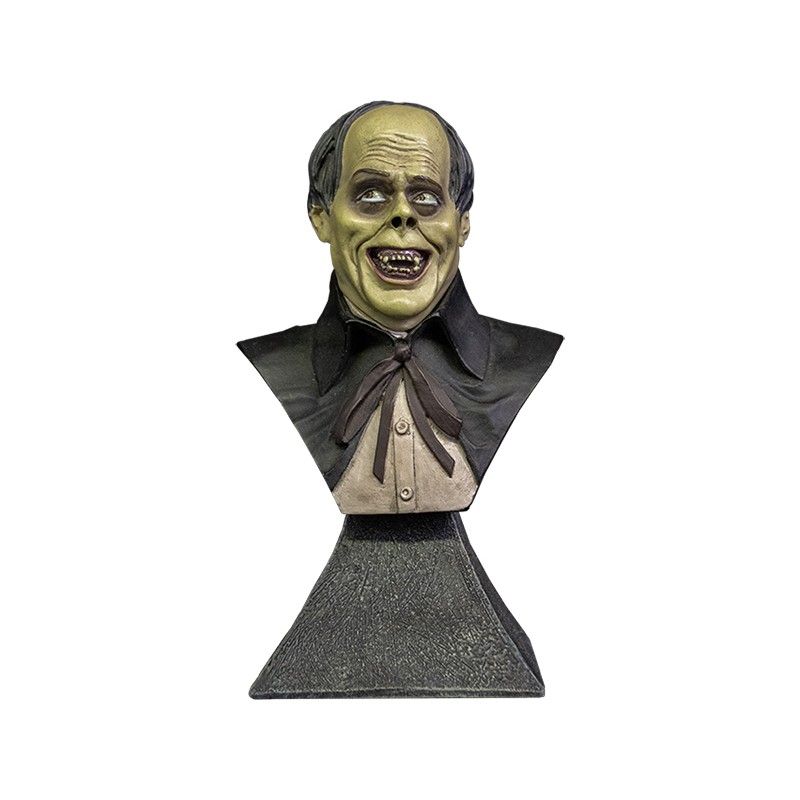

Multiple copies were printed in MJF and finished by sanding smooth and primed ready for the final coat of paint. Additional design changes were made following rehearsals including reducing the weight and addressing fitment issues ready for performances. The prototypes were hand-delivered to Opera Australia ready for testing during weekend rehearsals. Within days the mask and lead singers were 3D scanned, changes made digitally to the mask to suit the individual singer and sent to the inhouse print team. Our design and entertainment specialist customised the mask to suit each of the singer’s unique facial structures but also allowed room in the mask for movement and comfort. The Phantom Mask was scanned using the arm-based scanner whilst the portable handheld scanners were used to 3D Scan Josh Robson and understudy Raphael Wong. This was done using a combination of scanning technologies perfect for accuracy, detail, and portability. Multiple masks were required and needed to survive the rigors of both rehearsals and performances.ģD Scanning and 3D Printing offered the costume department a streamlined solution – changes could be made digitally and 3D printed fast. Traditional methods of manufacturing a mask would have taken too long and wouldn’t guarantee a comfortable mask. Changing production schedules and the availability of cast meant the costume department of Opera Australia were facing an extremely tight deadline.

The entertainment industry has faced some of the toughest COVID restrictions over the last 2 years and Phantom of the Opera is no exception. First performed in 1986, it has become the longest-running show in musical history and is playing now at Handa Opera on Sydney Harbour stage in a dazzling new production from March 24th 2022. The Phantom of the Opera is a musical with music by Andrew Lloyd Webber and lyrics by Charles Hart.


 0 kommentar(er)
0 kommentar(er)
